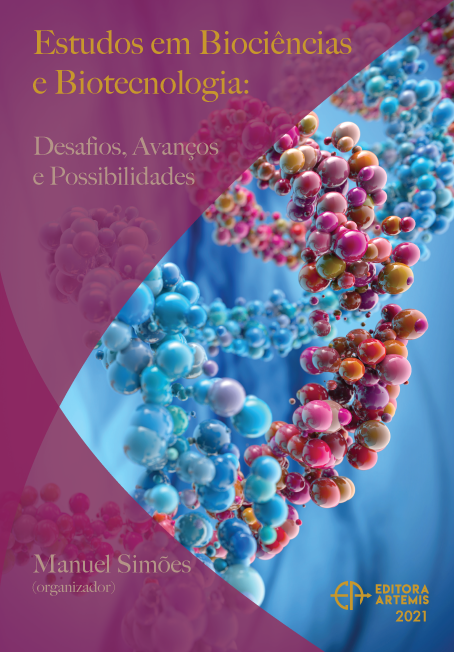
EVALUACIÓN DEL POTENCIAL TERAPÉUTICO DE TETRATIOMOLIBDATO DE AMONIO EN LA ENDOMETRIOSIS EXPERIMENTAL
La endometriosis (EDT) se define como el crecimiento de tejido tipo endometrial fuera de la cavidad uterina. Se trata de una enfermedad crónica, estrógeno dependiente, que afecta al 5-15% de las mujeres en edad reproductiva. Esta patología aún no tiene cura y los tratamientos actuales suelen presentar efectos secundarios indeseados. Recientemente, nuestro grupo de investigación informó correlación positiva entre los niveles de cobre (Cu) en fluido peritoneal (FP) y el volumen de las lesiones inducidas en ratones. También existen reportes de otros autores sobre niveles elevados de Cu en muestras de pacientes con EDT. En muchos cánceres, la desregulación en la homeostasis de Cu promueve la progresión tumoral. Por consiguiente, nuestro objetivo fue evaluar el impacto de tetratiomolibdato de amonio (TM, quelante de Cu) en la progresión de la EDT experimental. Veintiún ratones hembra C57BL/6 se dividieron en tres grupos: Sham (cirugía placebo), EDT y EDT+TM. La inducción de la EDT se realizó mediante transferencia autóloga de tejido uterino al mesenterio intestinal. El grupo EDT+TM recibió 0,70 mg de TM/día/ratón en el agua de bebida durante tres semanas, comenzando el día 8 postoperatorio. Luego de un mes de inducida la patología, los ratones fueron sacrificados. Las lesiones fueron identificadas, contadas, medidas con calibre y pesadas. También se recolectó FP para la determinación de estradiol por quimioluminiscencia. El tratamiento con TM redujo el peso y volumen de las lesiones establecidas en ratones, en comparación con el grupo EDT (p<0,05). Además, el quelante de Cu disminuyó la concentración de estradiol, logrando un nivel similar al dosado en el grupo Sham (p<0,05). Esta hormona mostró correlación positiva con el volumen de los implantes (r= 0,5644, p<0,05). En conclusión, nuestro trabajo muestra resultados prometedores para continuar con el estudio del TM como posible terapia para la EDT.
EVALUACIÓN DEL POTENCIAL TERAPÉUTICO DE TETRATIOMOLIBDATO DE AMONIO EN LA ENDOMETRIOSIS EXPERIMENTAL
-
DOI: 10.37572/EdArt_2112215075
-
Palavras-chave: Endometriosis; Estradiol; Cobre; Tetratiomolibdato de amonio.
-
Keywords: Endometriosis; Estradiol; Copper; Ammonium tetrathiomolybdate.
-
Abstract:
Endometriosis (EDT) is defined as the growth of endometrial-like tissue outside the uterine cavity. It is a chronic, estrogen-dependent disease that affects 5-15% of women of reproductive age. This pathology still has no cure, and current treatments often have unwanted side effects. Recently, our research group reported a positive correlation between copper (Cu) levels in peritoneal fluid (PF) and the volume of induced lesions in mice. There are also reports by other authors on elevated Cu in samples from patients with EDT. In many cancers, dysregulation in Cu homeostasis promotes tumor progression. Therefore, our aim was to evaluate the impact of ammonium tetrathiomolybdate (TM, Cu chelator) on the progression of experimental EDT. Twenty-one female C57BL/6 mice were divided into three groups: Sham (placebo surgery), EDT, and EDT+TM. The EDT induction was performed by autologous transfer of uterine tissue to the intestinal mesentery. The EDT+TM group received 0.70 mg of TM/day/mouse in the drinking water for three weeks, starting on postoperative day 8. After one month of induction of the pathology, the mice were sacrificed. The lesions were identified, counted, measured with calipers, and weighed. PF was also collected for the determination of estradiol by chemiluminescence. Treatment with TM reduced the weight and volume of established lesions in mice compared to the EDT group (p<0.05). Furthermore, the Cu chelator decreased the estradiol concentration, reaching a level similar to those of the Sham group (p<0.05). This hormone showed a positive correlation with the volume of the implants (r = 0.5644, p<0.05). In conclusion, our work shows promising results to continue with the study of TM as a possible therapy for EDT.
-
Número de páginas: 14
- Rocío Ayelem Conforti
- María Belén Delsouc
- Marilina Casais

